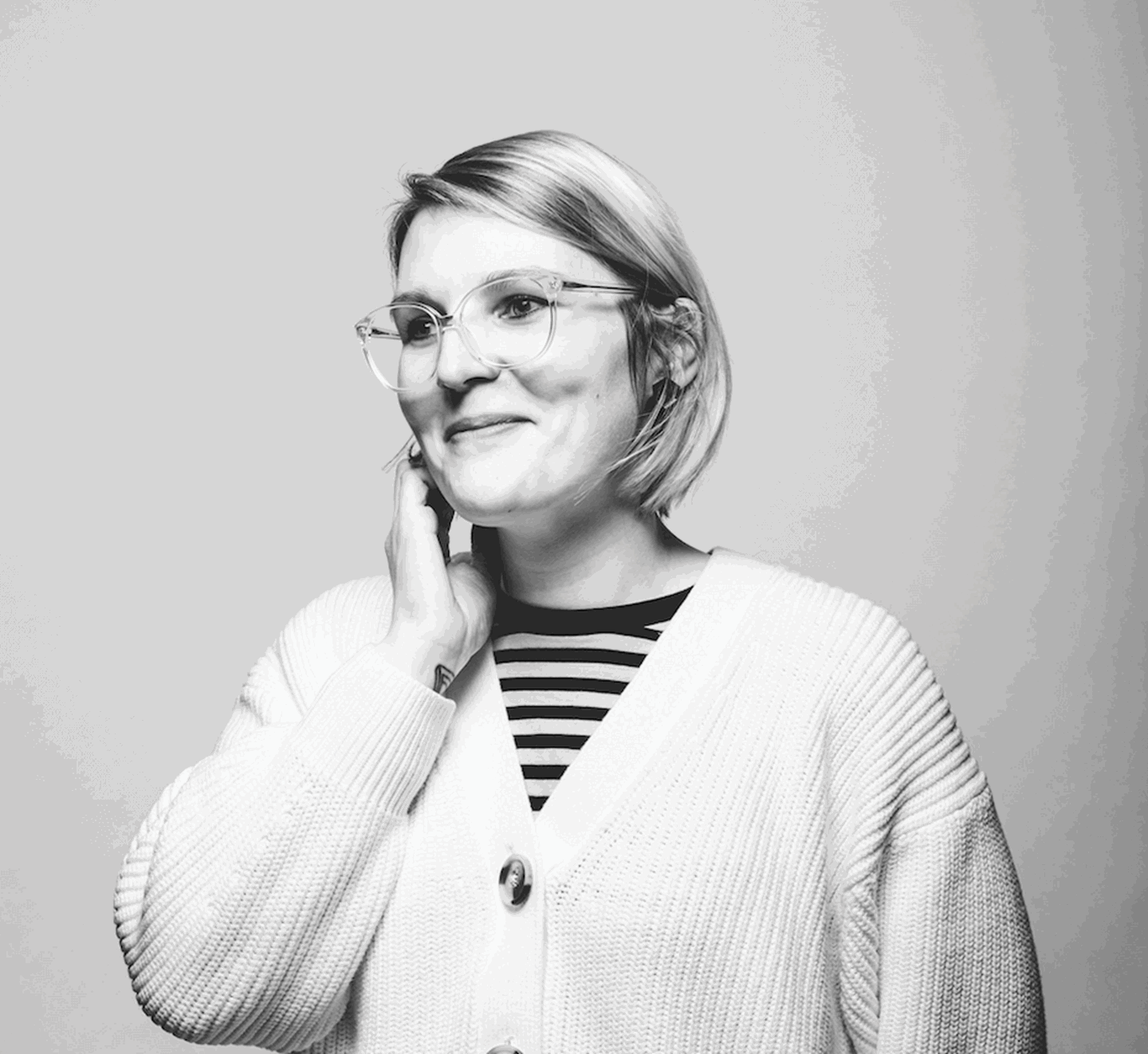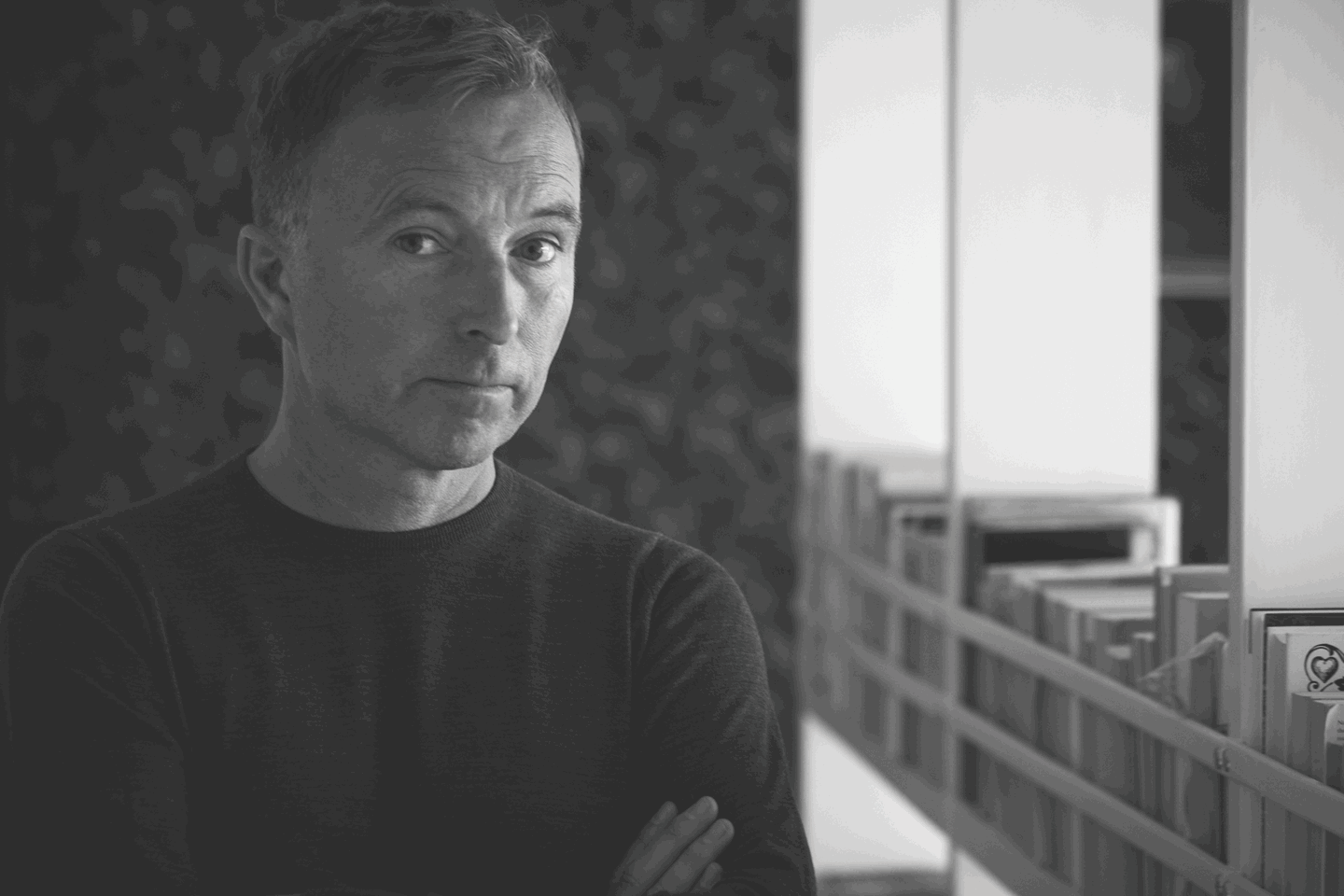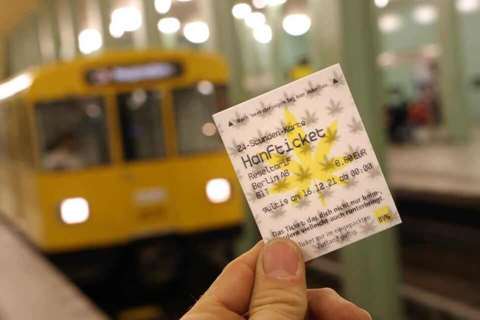What makes creative design a 'must have' for a successful brand campaign?
Tony - Creative design is crucial because today we are bombarded with visual imagery and content, so people are hungry for creative ideas - and the things that stand out have to be of a very high standard. That starts from good ideas through to good execution and innovative creative.
Cassandre - Good design is design that serves the message of the brand's content, that cohabits perfectly. The storytelling behind the design is important. Our first approach is always to listen to the needs of the client, to the demands of the brief. The strategy and editorial direction come from the brief- and then the design comes in and brings another vision.
Nick - I think the purpose of design is to tell a story, to communicate something. So, you can have creative design that is fabulous, and you can have creative design that is serious
What do you see as the extra scope and opportunities that print offers for successfully executing creative design?
N -When something is printed, it's physical. There's this dimension of experience that is tactile and visual, and the choices that you make can influence people's perception of your brand and the campaign. So if you want to be seen as sturdy and substantial and like you come from someplace trustworthy, say, you might want to go with a heavier piece of paper. Whatever the design choice that you make, the first thing people are going to understand is what it feels like subconsciously.
The thing about print is that the format is consistent. When you're designing for digital, there's a lot of different circumstances in which somebody could view the creative work- on a phone, on a desktop, on a tablet, on an Apple device, on an Android device. So, you don't have pixel-perfect control over how your design renders and you design for the best possible experience on the most devices. But it's different in print, it's the same for whoever receives it. So, you have this, like, perfect control.







